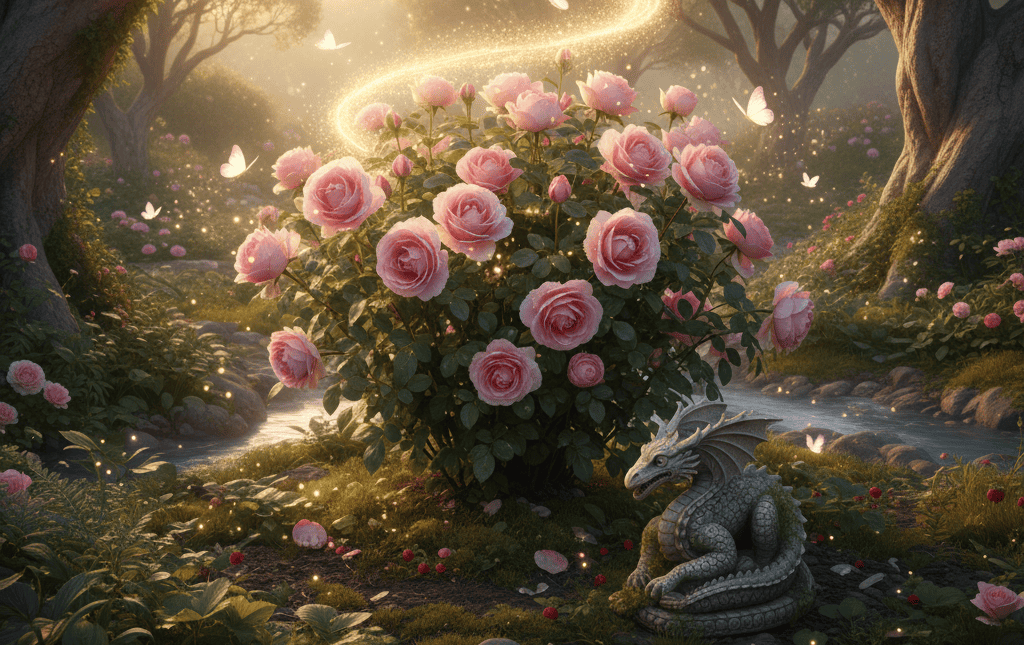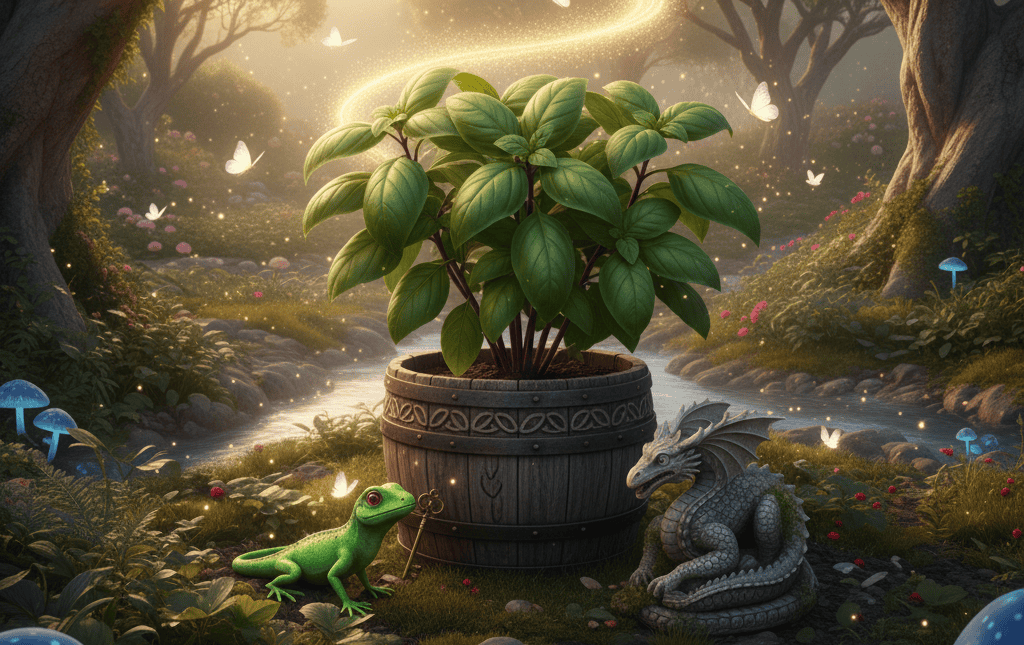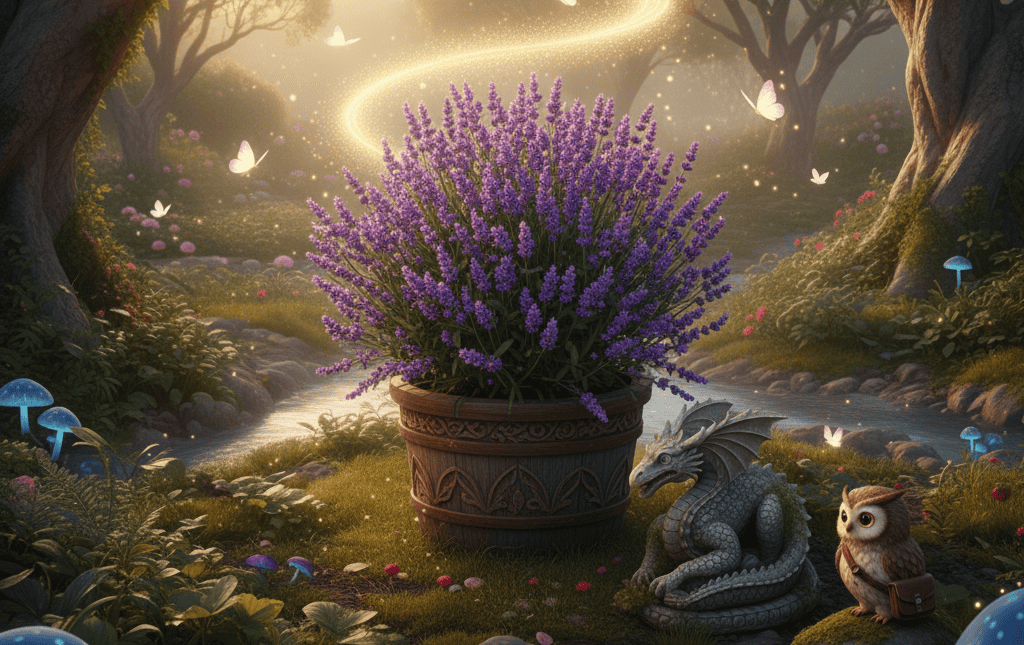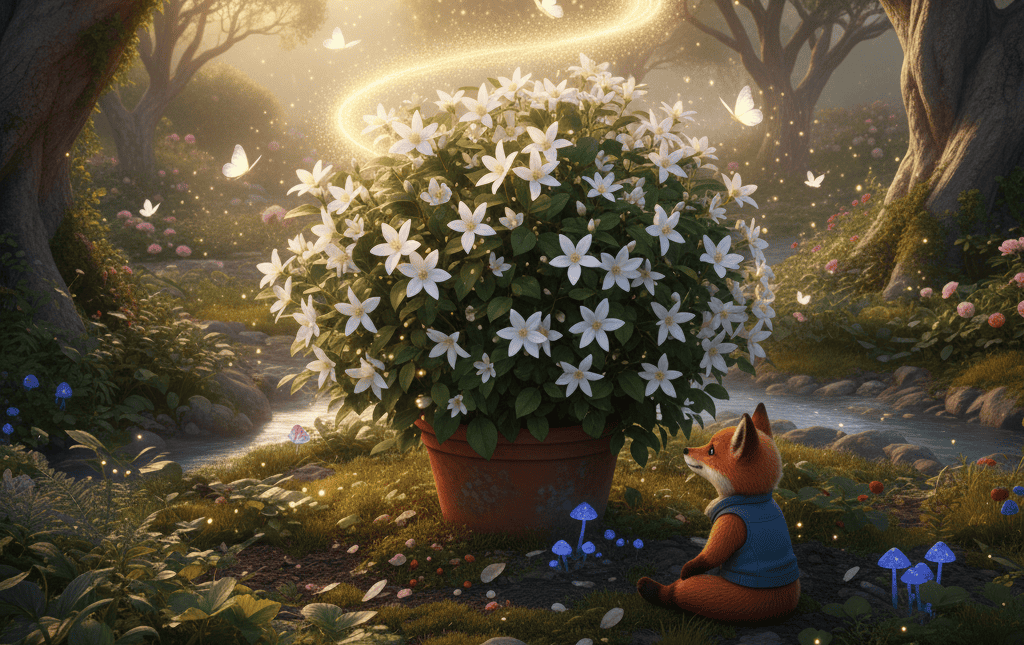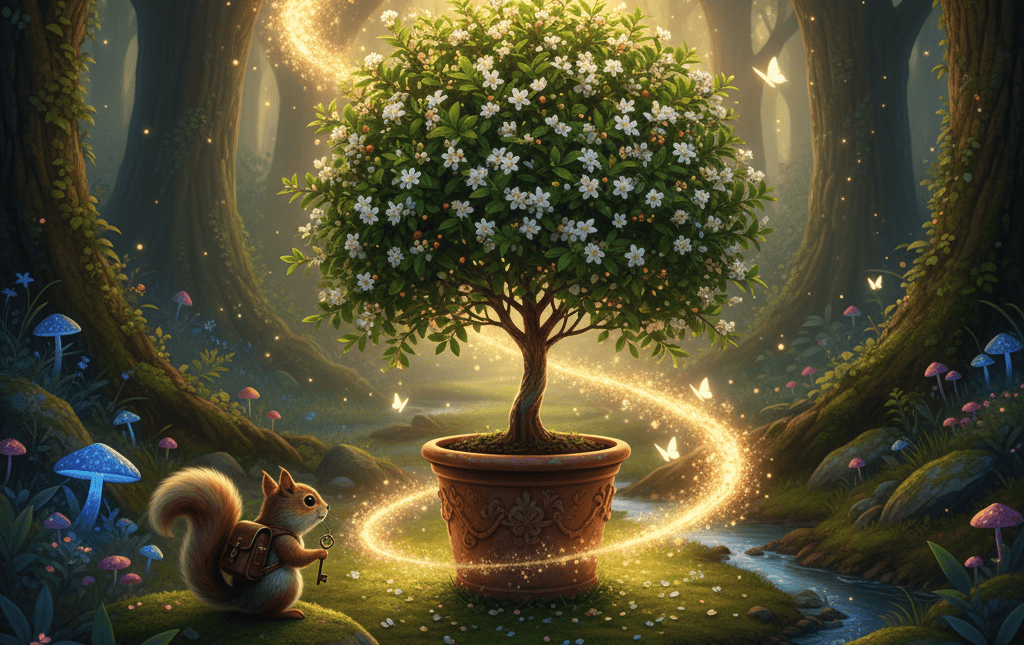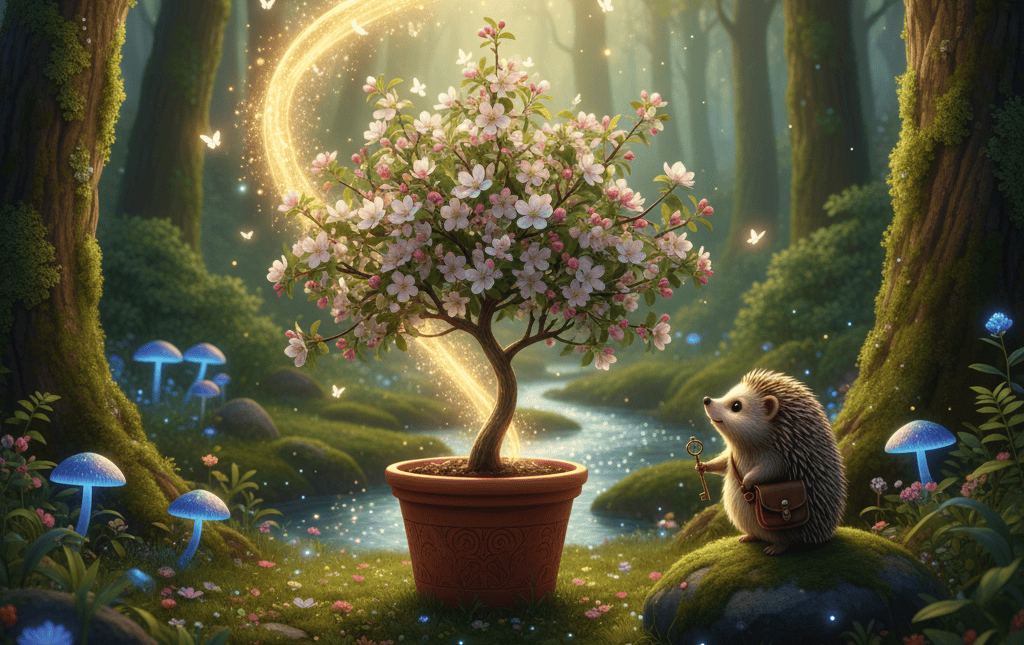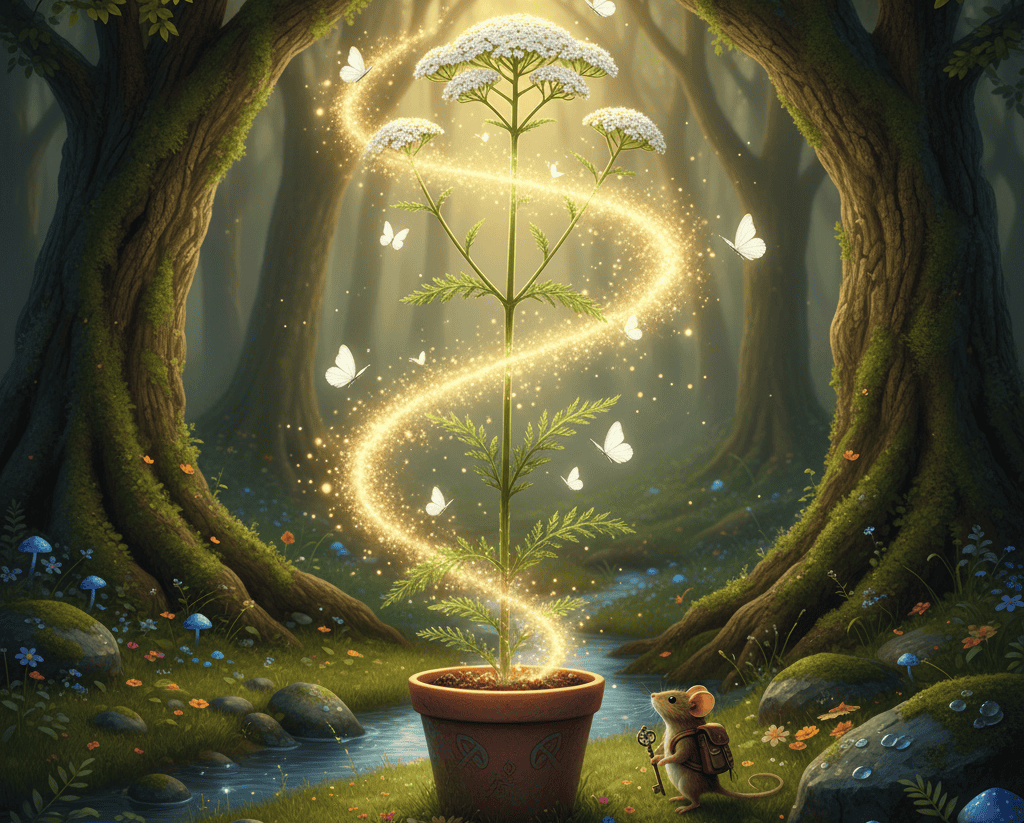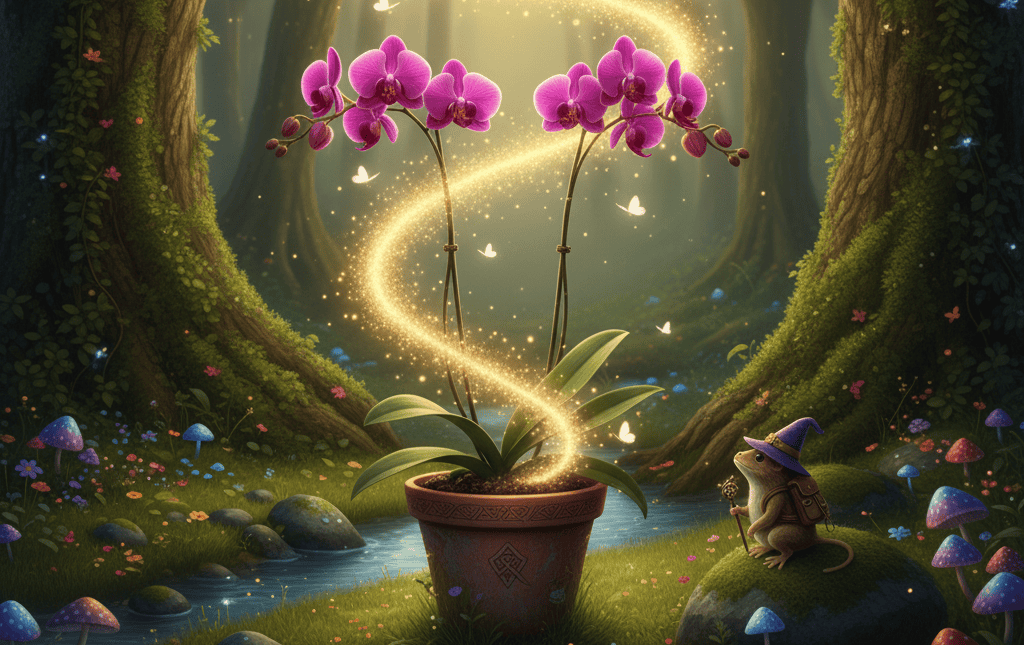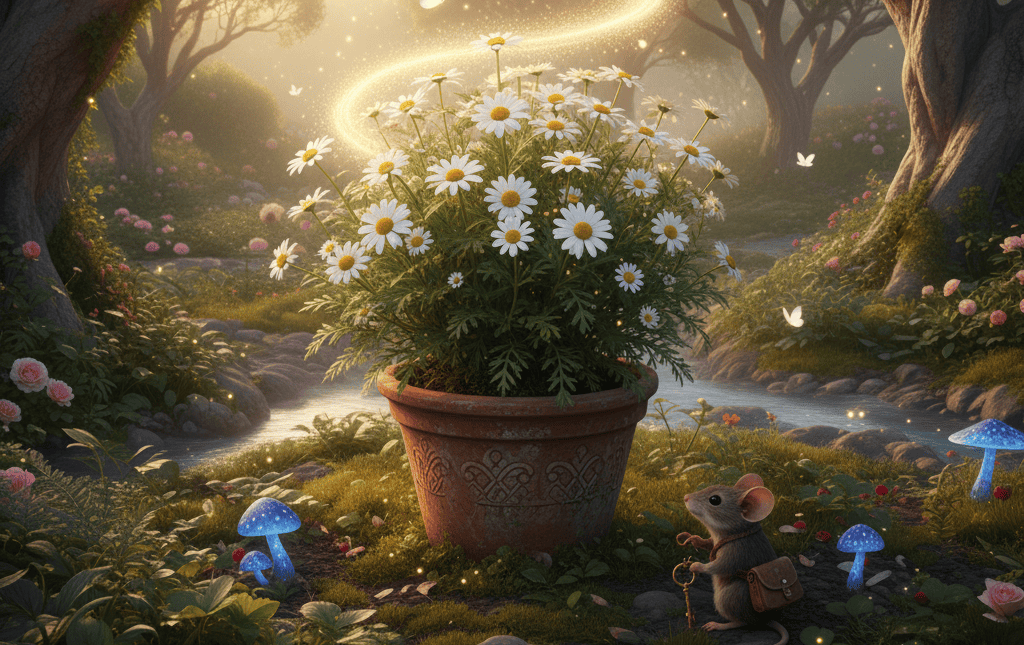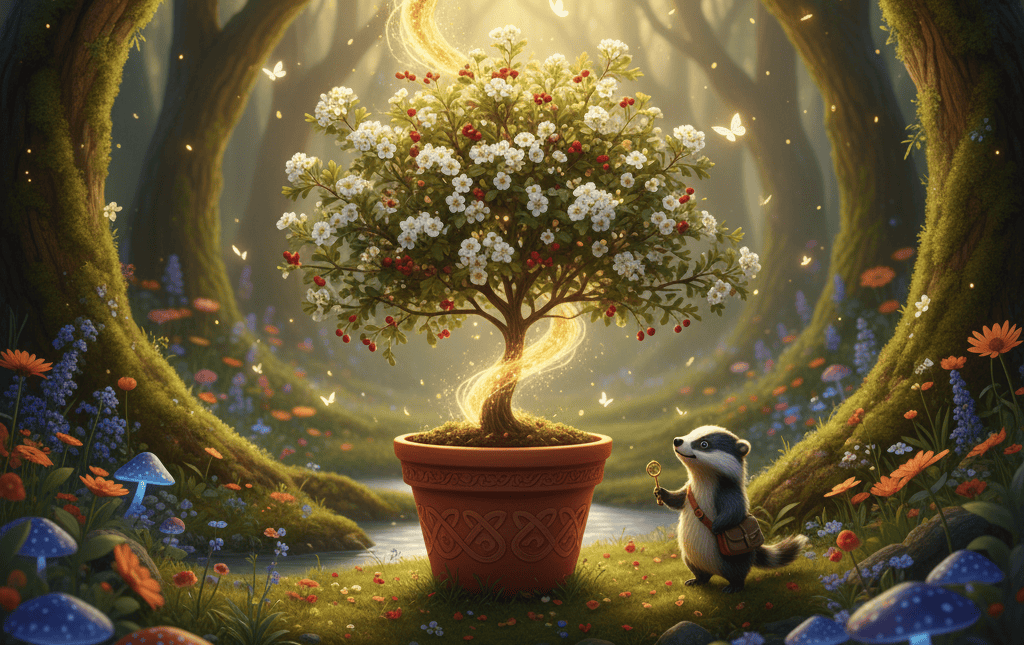For centuries, people have looked to plants not just for food and medicine but also for matters of the heart.
Ancient cultures believed that certain leaves, flowers, and roots carried the power to draw affection, spark passion, or help relationships flourish.
Whether slipped under pillows, brewed into teas, or woven into garlands, these plants became living love charms.
Here are ten plants that have been trusted across time and traditions to invite romance, attraction, and tenderness into life.
1. Rose: The Flower of Passion
No plant is more tied to love than the rose. From ancient Rome to Persian poetry, roses carried messages of passion and devotion.
Aphrodite, the Greek goddess of love, was often pictured with them. Red roses in particular symbolized deep desire, while pink and white suggested gentle affection and purity.
People placed rose petals in baths, brewed them into drinks, or carried them in satchels to open the heart to love.
Beyond its fragrance, the rose became a promise: that beauty, desire, and romance could bloom together.
2. Basil: The Herb of Courtship
In ancient Italy, basil wasn’t just for seasoning pasta—it was a signal of love. A woman placing a basil pot in her window told suitors she was open to courtship.
In India, basil (especially holy basil or tulsi) held sacred associations, but it also carried blessings for relationships, believed to protect unions from misfortune.
Its peppery, lively scent was thought to awaken the senses and invite passion. A sprig of basil given to a lover whispered both warmth and commitment.
3. Lavender: The Calming Attractor
Lavender’s soft purple flowers and soothing scent made it a favorite in ancient love practices. The Romans scattered lavender in their baths, believing it not only cleansed the body but also made them more attractive.
In folk traditions, lavender sachets tucked under pillows encouraged dreams of future partners. It was also said to calm quarrels in marriages, reminding couples that peace is the soil where love grows strongest.
To this day, lavender oil is used to soothe the heart and bring emotional balance, both vital in nurturing romance.
4. Jasmine: The Night Bloom of Desire
Known as the “queen of the night,” jasmine flowers release their intoxicating fragrance after sunset. In ancient Indian and Middle Eastern traditions, jasmine symbolized sensuality and divine love.
Women wore garlands of jasmine in their hair during weddings, and the flower was offered to deities of romance and fertility.
Its scent was believed to stir longing and deepen emotional connection. To share an evening surrounded by jasmine’s perfume was to invite intimacy and devotion.
5. Myrtle: The Sacred Plant of Union
In ancient Greece, myrtle was sacred to Aphrodite, and brides often carried it in garlands or crowns. It symbolized lasting love, fertility, and fidelity.
Romans continued the tradition, planting myrtle in wedding gardens as a blessing for newlyweds. Even today, sprigs of myrtle are used in royal weddings in Britain, a continuation of this very old belief.
Myrtle wasn’t just an ornament – it was seen as a bridge between earthly unions and divine blessing, a sign that love could endure and grow.
6. Apple Blossom: Sweet Beginnings
The apple has long been a symbol of desire and attraction, from Greek myths about the golden apple of love to Celtic traditions where apple groves were sacred meeting places.
Apple blossoms in particular symbolized the hope of a new romance. Young lovers would exchange them as tokens, believing they ensured fidelity and sweetness in the relationship.
Drinking cider or apple-infused drinks was also thought to encourage love luck. Blossoms carried the promise that just as fruit ripens, so too could affection blossom into commitment.
7. Yarrow: The Healer of Hearts
In many European folk traditions, yarrow was used in love divination. Young people would place yarrow under their pillow to dream of future partners.
It was also believed to heal broken hearts by calming grief and encouraging courage in love. Some carried sprigs to weddings for protection against quarrels.
Yarrow’s small, clustered flowers symbolized harmony, reminding couples that relationships thrive on unity and resilience. It wasn’t only about sparking romance – it was about sustaining love through challenges.
8. Orchid: Exotic Desire
The orchid’s name comes from the Greek word “orchis,” meaning testicle, which already hints at its ancient associations with fertility and passion.
In both Greece and China, orchids symbolized virility, beauty, and refinement. Giving orchids was a sign of admiration and attraction, often meant to spark romance.
Because of their rarity and unusual beauty, orchids also became symbols of luxury and precious love – affection so rare it had to be treasured.
They carried a message that passion, when nurtured, could grow into something extraordinary.
9. Chamomile: Gentle Love Luck
Chamomile might seem like a humble plant, but in ancient Europe, it was tied to love and luck. People brewed chamomile tea to soothe anxieties about romance or carried dried flowers as charms to attract affection.
Its calming qualities symbolized patience and understanding in relationships. A chamomile garland worn during midsummer rituals was believed to open the heart to kind and lasting love.
Far from dramatic passion, chamomile whispered that tenderness and care were the strongest forms of attraction.
10. Hawthorn: The Guardian of Lovers
Hawthorn trees were seen as sacred in Celtic and European traditions, often linked to love, fertility, and protection.
Couples danced around hawthorn during festivals like Beltane, celebrating union and desire. Blossoms and berries were used in charms to keep relationships strong, warding off jealousy or ill will.
The tree itself was believed to stand between worlds, offering blessings from both the natural and spiritual realms.
Hawthorn carried the promise that true love could be both passionate and protected, grounded and magical.

Siempre sentí una fuerte conexión con lo Divino desde mi nacimiento. Como autora y mentora, mi misión es ayudar a los demás a encontrar el amor, la felicidad y la fuerza interior en los momentos más oscuros.


